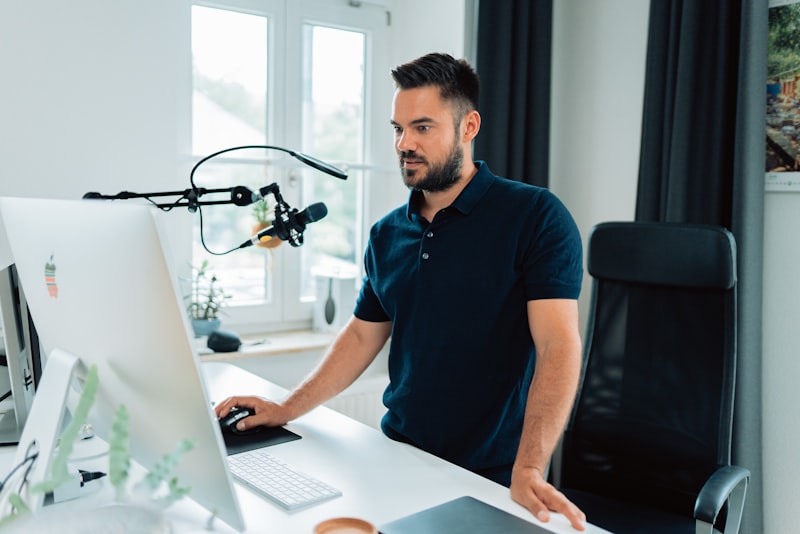You know those moments in B2B marketing where you're pretty sure a strategy could work, but you crave some real-world proof? I've been there more times than I can count. Influencer marketing was one of those.
Early on, it felt like everyone was shouting about it with very little hard evidence. So, like any good SaaS marketer, I decided to experiment (and learn a lot of hard lessons along the way). Now, a few years deeper, I see what a breakthrough it can be – if you do it right.
I've seen firsthand the power of sustainable influencer partnerships. These relationships become an extension of your brand, amplifying your reach and nurturing brand trust with the exact audience you seek.
But how do you transition from opportunistic collaborations to long-lasting, mutually beneficial partnerships with B2B influencers? Let's dive in.

Understand Your “Why”
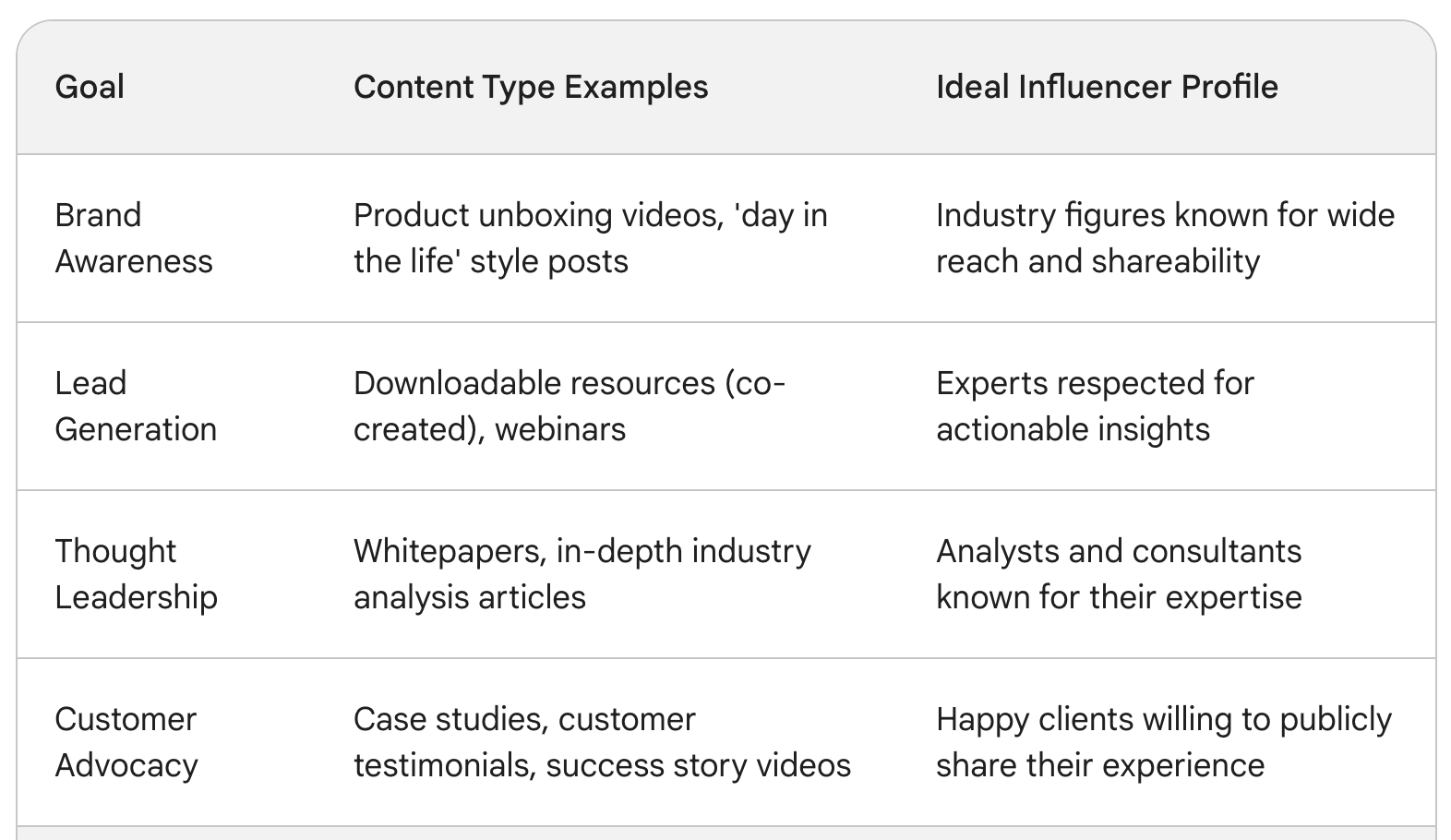
Before you even think about finding influencers, clearly define your objectives for this investment. Consider questions like:
Brand Awareness: Do you want to put your company on the radar of a wider B2B audience?
Lead Generation: Are you aiming for more qualified leads to enter your sales funnel?
Thought Leadership: Is establishing your voice as credible industry leaders a priority?
Customer Advocacy: Do you need help showcasing the value your product brings to existing customers?
Your “why” shapes the types of influencers you target and the kind of content you create with them. If you want to highlight your expertise, for example, you might prioritize partnering with subject-matter experts for co-created webinars and white papers.

The Search for Alignment
Finding the right B2B influencers isn't merely a numbers game. It's about identifying individuals who authentically connect with your brand and whose audience mirrors your ideal customer profile. Here are some key factors to consider.
Niche and Expertise
Don't fall for mega-influencers if they're not relevant to your industry. Micro-influencers within your niche often have a more dedicated and engaged following.
Style and Values
Does the influencer's voice and approach align with your brand persona? A disjointed tone can confuse your audience.
Engagement Rate
A high follower count is worthless without genuine interaction. Look for influencers who foster conversations and build community.
Go Beyond “Sponsored Posts”
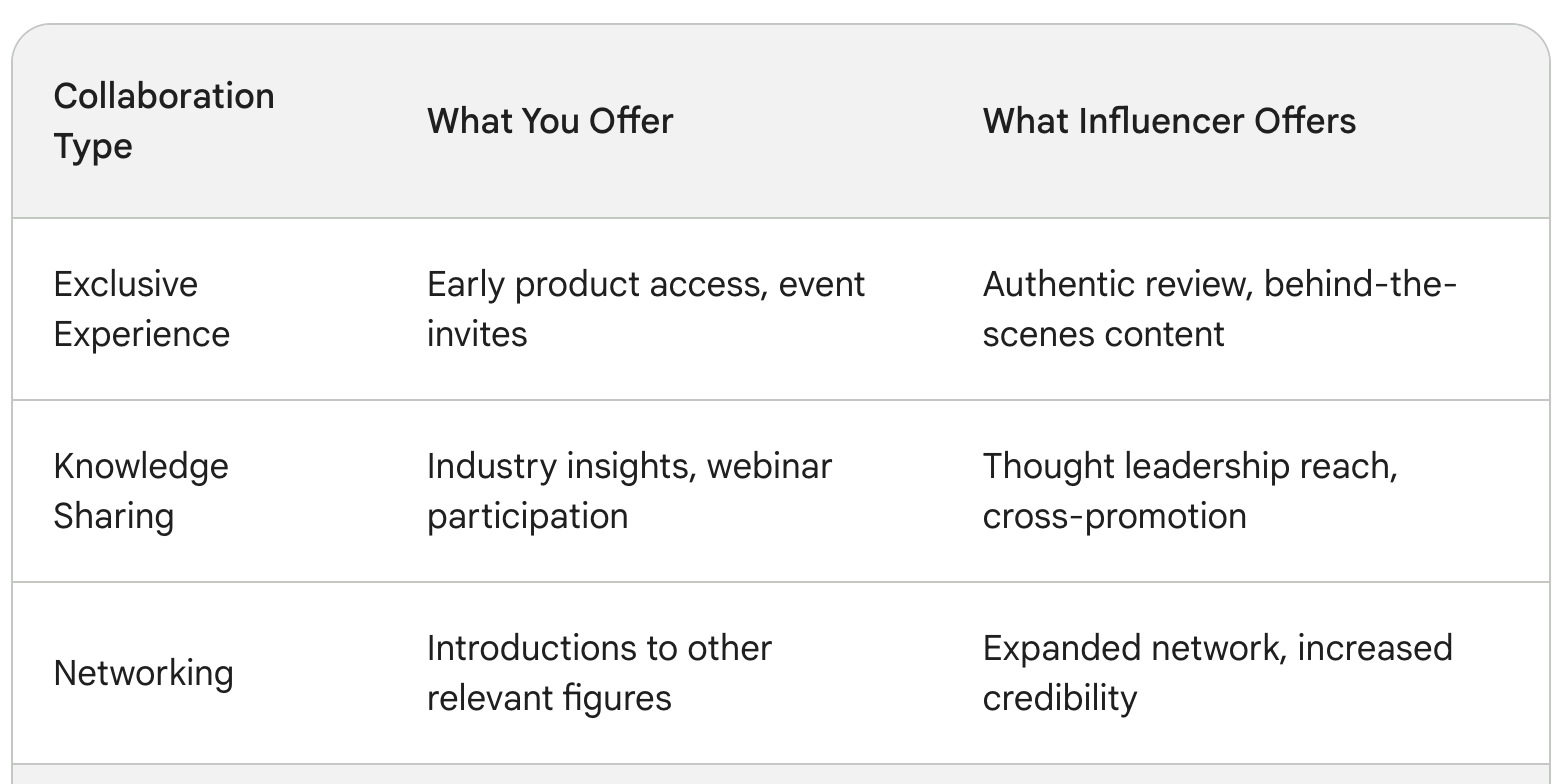
Sure, sponsored content has its place, but to forge real connections, go deeper. Think creatively about the value you can offer influencers (and what they can offer you).
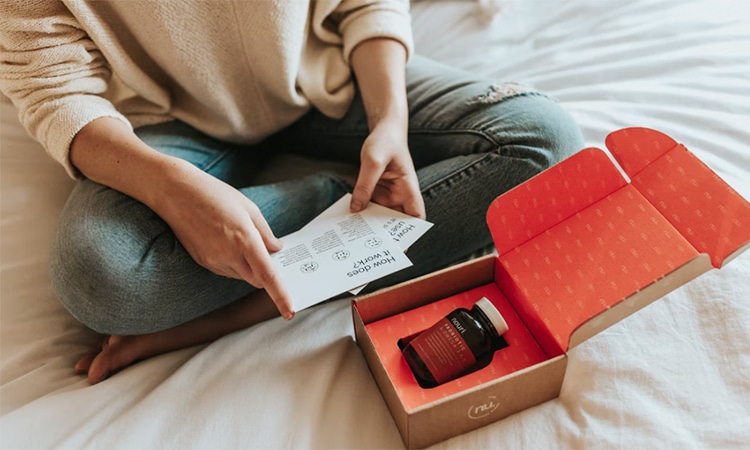
Exclusive Experiences: Invite influencers to attend industry events with your team, or grant them early access to new product features.
Knowledge Sharing: Tap into the influencer's expertise. Co-host a webinar, or invite them to guest-author content for your blog. Position them as thought leaders alongside your brand.
Networking Opportunities: Can you connect your influencers to other relevant figures in your industry? This builds their relationships as well as their influence.
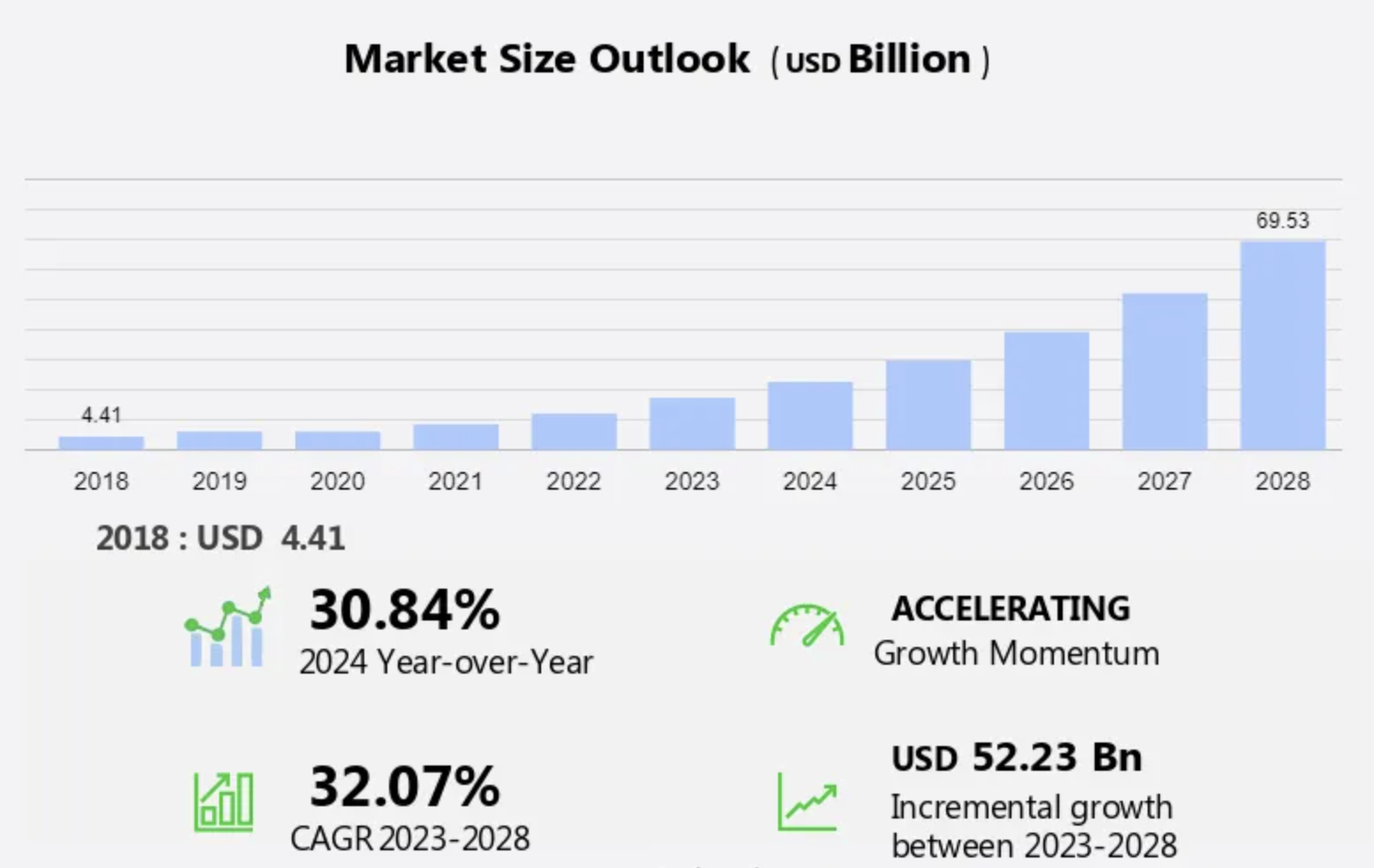
Think Long-Term, Not Single Campaign
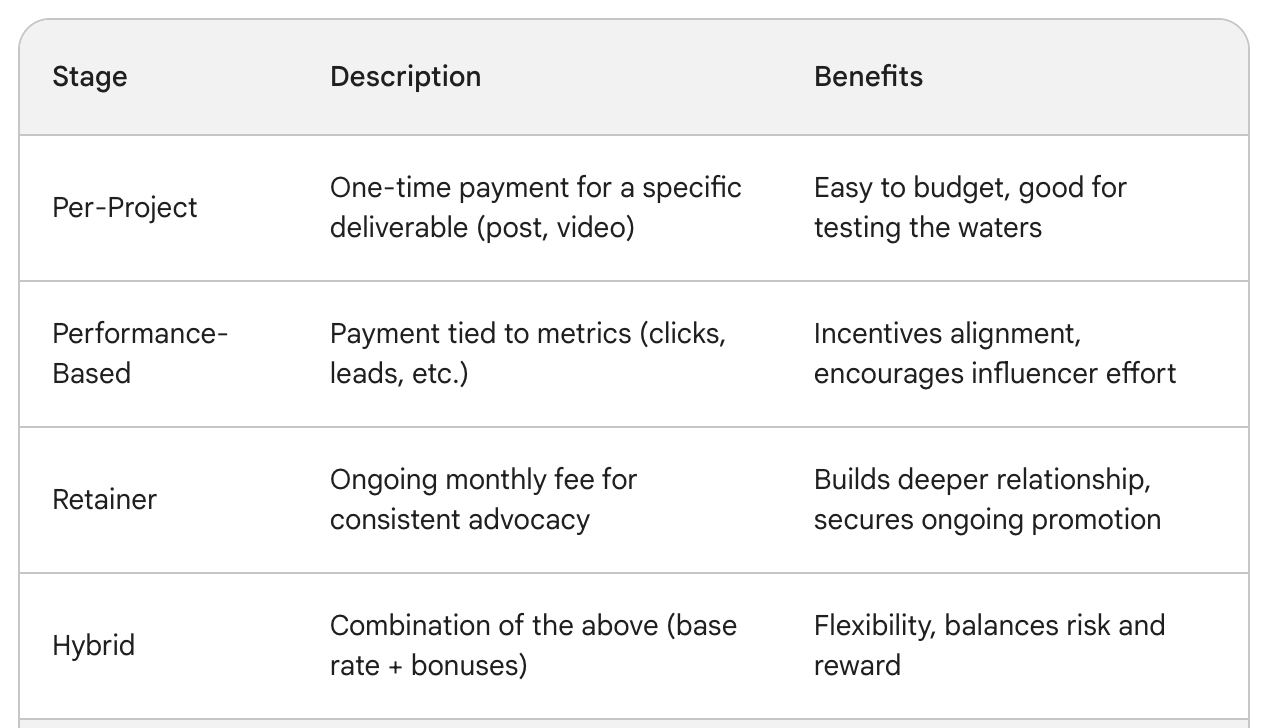
Unlike a fleeting Instagram story, your relationship with an influencer shouldn't have an expiration date. Adopt a mindset of nurturing and evolving the partnership.
Regular Check-Ins
Don't disappear after a project wraps. Maintain consistent communication, even if it's just a quick touch-base to see how things are going.
Mutual Promotion
Share your influencer's content on your channels, amplify their wins, and show that you're invested in their success beyond a paid transaction.
Compensation Evolution
Is your relationship growing? Revisit your compensation model. It might be time to move from per-project pay to an ongoing retainer for consistent, reliable advocacy.
Transparency: The Foundation of B2B Trust
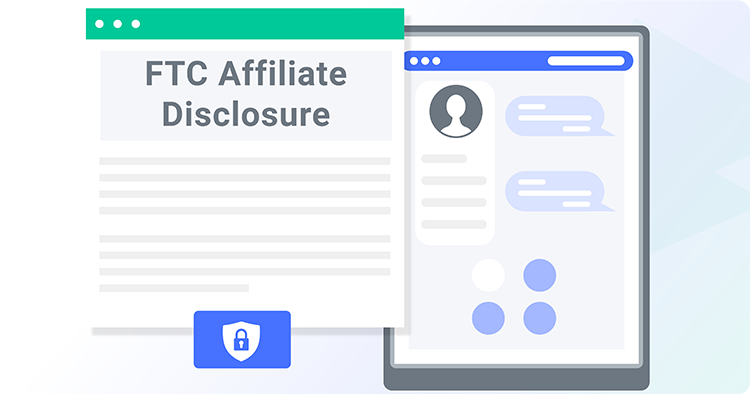
The B2B decision-making process is notoriously careful—potential customers crave authenticity and transparency. This principle extends to your influencer collaborations, so avoid being stealthy.
- Clear Disclosure: Always ensure that your influencers clearly disclose sponsored content as such. FTC guidelines exist for a reason!
- Encourage Honest Feedback: Let influencers share their genuine thoughts on your product, positive and constructive. This builds credibility with a discerning audience.
Real-World B2B Success Stories: Beyond the Hype
Let's look at a couple of examples of how companies have successfully built long-term influencer partnerships in the B2B space:

Adobe & Brian Solis
Adobe didn't just tap renowned digital analyst Brian Solis for a few blog posts. They made him a long-term “Principal Analyst,” regularly engaging him for insights, webinars, and speaking opportunities. This elevates both Adobe's thought leadership position and Solis' own industry reach.

HubSpot & Ann Handley
The partnership between marketing software giant HubSpot and author/speaker Ann Handley is a masterclass in mutual value creation. Handley's content frequently features on HubSpot's platforms, and HubSpot actively promotes her books and events. Both parties benefit from the cross-pollination of audiences.
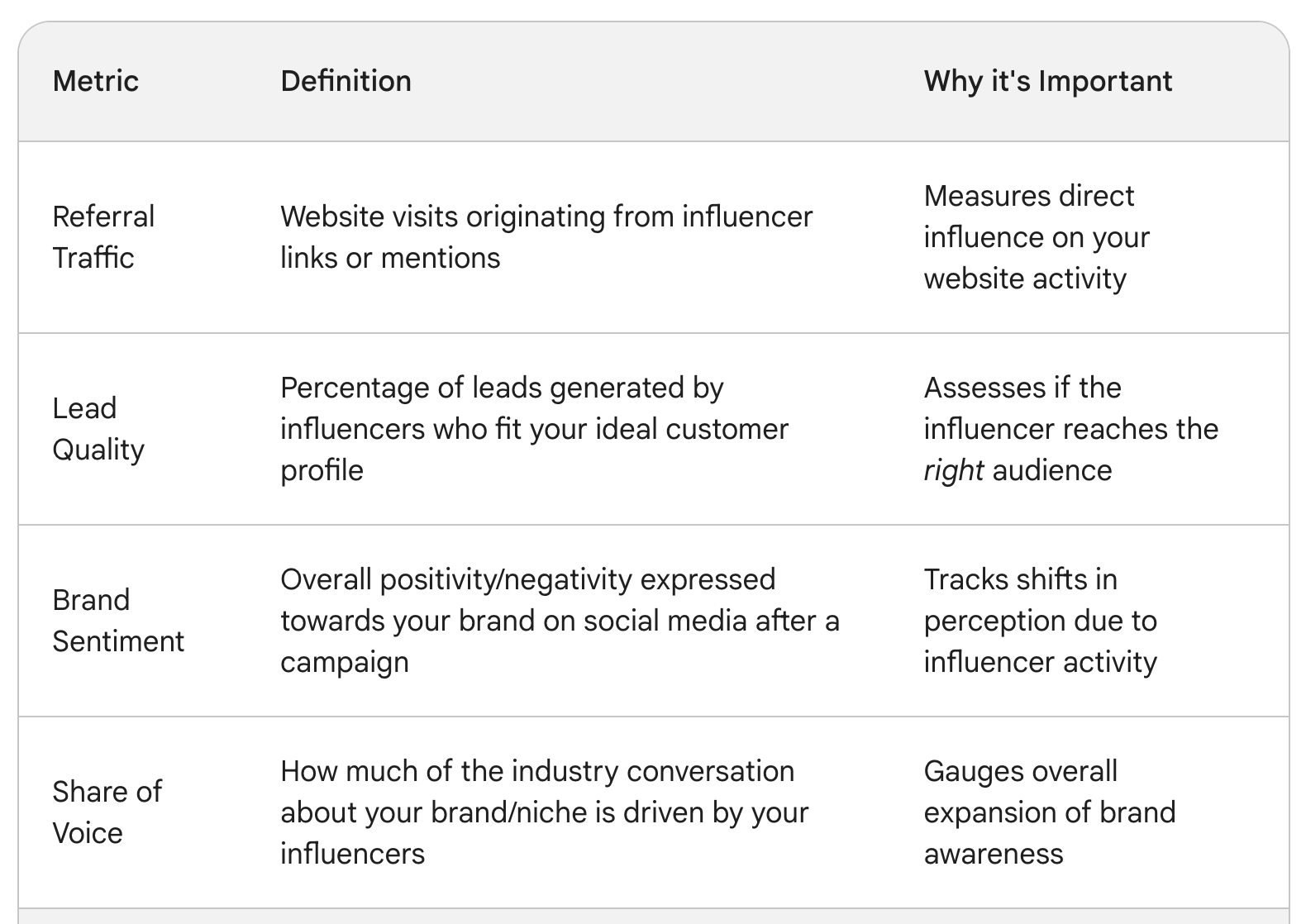
The Nuanced Metrics of B2B Influencer Success
Let's get real: measuring the ROI of B2B influencer marketing can be tricky. Don't get overly fixated on vanity metrics like likes and shares. Instead, focus on indicators that connect to your bottom line:
| Metric | How to Measure It |
|---|---|
| Referral Traffic: | Use trackable UTM parameters in influencer links to monitor website visits. |
| Lead Quality: | Can you attribute an increased number of quality, qualified leads to your influencer activities? |
| Brand Sentiment: | Monitor social media mentions and analyze overall sentiment about your brand and products. |
| Share of Voice: | Assess how much your brand's industry conversations are amplified by your influencers. |
Patience and Persistence are Key
Building lasting influencer relationships is a marathon, not a sprint. Don't be discouraged if you don't see immediate massive returns. Focus on steady, organic growth, prioritizing these principles:
- Personalization Avoid mass outreach. Invest time in carefully crafting tailored pitches to each potential influencer.
- Give to Get Don't approach influencers with your hand out. Show a genuine interest in offering them value first.
- Reciprocity is Everything If your influencers are championing you, make sure you enthusiastically reciprocate.
B2B influencer marketing in 2024 and beyond is about building genuine connections.
Think of influencers as an extension of your in-house marketing team, valued not just for their reach, but for their unique insights, credibility, and access to the specific audience you need to engage.
Invest your time and creativity, prioritize trust, and you'll witness the power of long-term influence.
FAQ
1. My company is small and our marketing budget is limited. Is influencer marketing still viable for us?
Absolutely! Focus on micro-influencers within your niche. These individuals often have highly engaged, dedicated audiences and may be more open to collaborations that prioritize value exchange (exclusive experiences, content co-creation) over large payouts. Remember, in B2B, specific reach is often more valuable than a vast follower count.
2. How do I find the right B2B influencers beyond just looking at follower numbers?
Here are some key things to look for:
- Niche Alignment: Ensure they consistently create content relevant to your industry and target customer.
- Genuine Engagement: Prioritize those who have active conversations with their followers, not just broadcast promotional content.
- Brand Fit: Does their overall style and tone match your company's personality? A mismatch can alienate your desired audience.
3. We've tried one-off sponsored posts with influencers in the past, with limited results. What could we be doing differently?
A single sponsored post is unlikely to yield major impact. Shift your thinking to fostering a relationship. Invite influencers to learn more about your company, provide them with in-depth product demos, and brainstorm collaborative content ideas that offer value beyond simple promotion.
4. What are some realistic timeframes for seeing results from B2B influencer marketing?
Unlike some B2C campaigns focused on direct sales, B2B influencer marketing is often a longer play. It's about nurturing brand awareness, building trust, and positioning your company as an expert. Think in terms of months, not days. Set realistic expectations with your team and track the right metrics over time.
5. How do I approach influencers in a way that stands out from the crowd?
Ditch the generic mass pitch. Do your homework! Reference their specific content, show a genuine interest in their expertise, and outline a potential collaboration idea that's mutually beneficial – not just a request for them to promote you.
6. Should we give influencers full creative control, or provide strict guidelines?
A balance is key. Trust the influencer's knowledge of their audience, but provide clear brand messaging points and ensure any factual claims about your product are accurate. Collaboration should feel organic, not forced.
7. How do we handle situations where an influencer's honest review of our product might contain some criticisms?
Embrace it! A balanced review in the B2B world builds credibility. It shows you're confident enough in your product to handle feedback. Encourage influencers to share both the pros and potential improvement areas.
8. What are some legal/ethical considerations to be super mindful of with B2B influencer marketing?
Transparency is paramount. Familiarize yourself with FTC disclosure guidelines and ensure your influencers clearly label sponsored content. Additionally, have a contract outlining expectations, compensation, and intellectual property usage rights.
9. We're in a highly regulated industry. Are there any limitations to consider with influencer marketing?
Yes, depending on your industry there might be specific restrictions on claims or testimonials. Consult with your legal team or industry associations to ensure your campaigns are compliant. Don't let regulations scare you off – they just demand careful planning.
10. I'm convinced! Where do I start building my B2B influencer strategy?
Start by defining your "why" (see the blog post!). What goals do you want influencer marketing to help achieve? This will guide your influencer selection, content strategies, and measurement of success.




